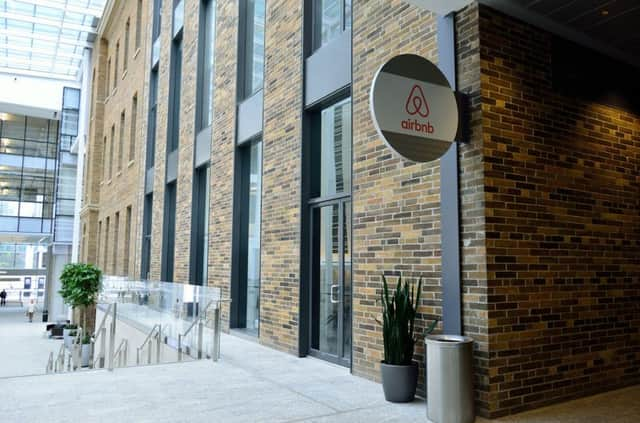Between the Lines: In pursuit of authenticity


Championing what it describes as “authentic” experiences, its model is to help those travelling to “live like you live there” – in other words, to live like a local. This message and those purveyed by companies with a similar proposition have exploded onto the scene because increasingly, people are actively seeking experiences that are honest and offer them the ability to feel that what they are doing or consuming is unique.
Responding to this trend for authentic experiences, companies have a real and valuable opportunity to communicate messages around honest and unique experiences in an equally interesting manner. How you deliver these messages of authenticity can enhance believability and, when done correctly, can engage audiences in a compelling way that fits with the product or service.
Advertisement
Hide AdAdvertisement
Hide AdAt Whitespace, we have recognised this and championed the necessity for Scotland to celebrate the unique offerings there to be discovered. And to do this, we have tried to utilise equally innovative ways of presenting these messages to enhance credibility and “buy-in”.
This year, in partnership with VisitScotland, we developed a 360-degree, virtual-reality ceilidh film where users can jump in and out of the dance and get a real idea for the intricate dance moves and flow of the songs. The thinking was to help sell the idea of traditional Scottish customs and encourage more participation, thus resulting in an experience that feels “authentic”.
According to Cohn & Wolfe, a global communications and PR agency, the authenticity of brands and their products is based on three key attributes: reliability, respectfulness and reality. It found that four out of five customers said they don’t feel brands are open and honest. This goes back to how important it is that when brands communicate their messages, they must ensure they are being honest about the experience they are offering. One brand that has been cited as doing this better than anyone else is The Walt Disney Company. A family brand, all communications are centred around trying to connect with a single message: “Where dreams come true.”
Using interactive gaming technology, virtual reality and other tech, Disney is not only bringing its messages to life but is offering a genuinely authentic product that kids and families around the world know, recognise and, importantly, believe in.
Companies that can present their offering in an honest and unique way that mirrors their equally unique products and services will captivate audiences and ensure that as more and more consumers demand personalisation and authentic experiences, they will have an easier time standing out in a crowded and noisy marketplace.
• Iain Valentine is managing partner at independent creative agency Whitespace